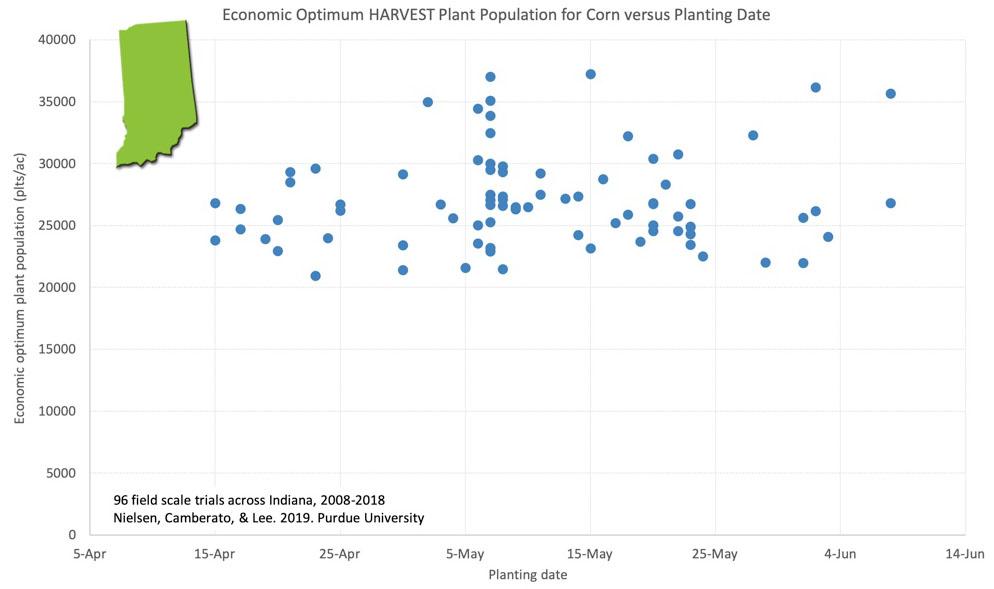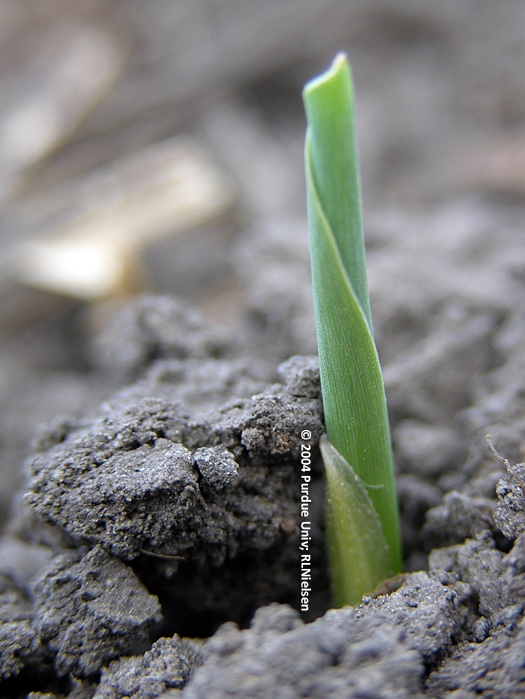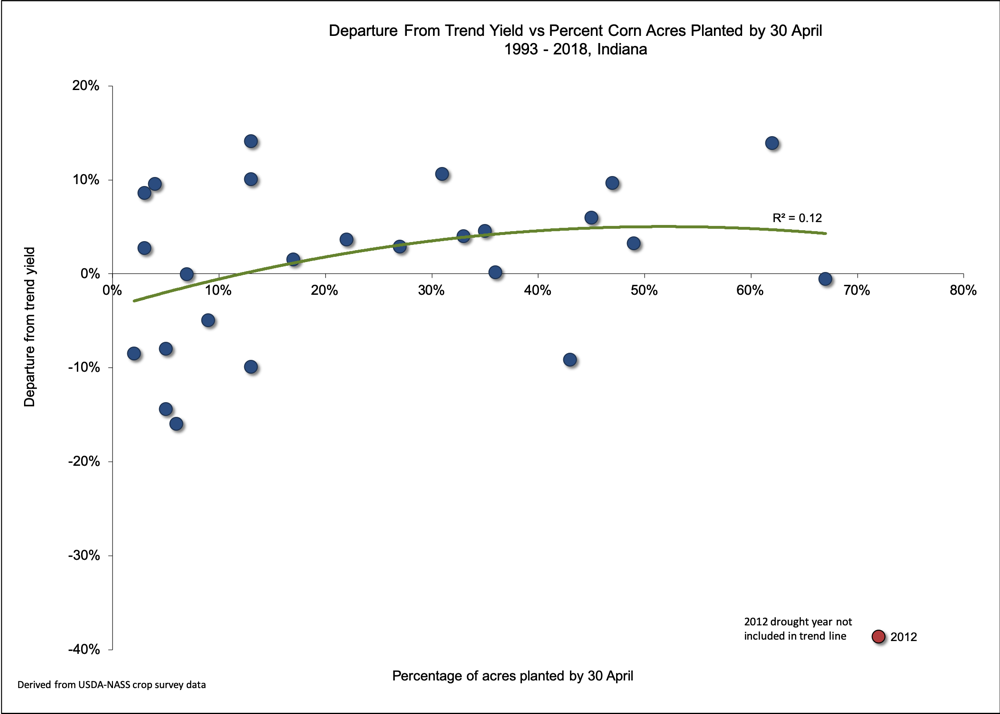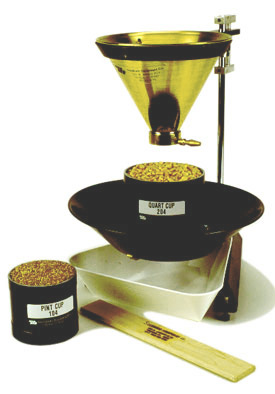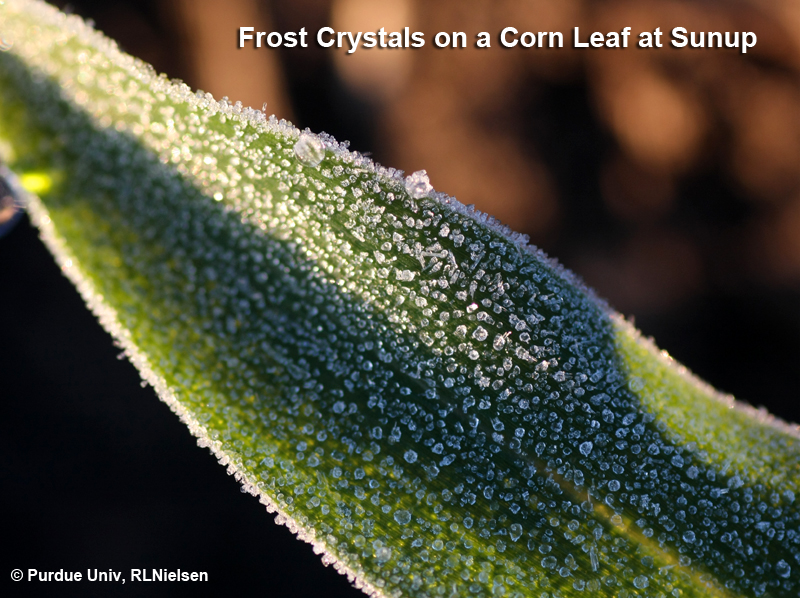
The risk of damaging spring frost events is one of the downsides to planting corn earlier than normal, but is one growers often accept when early spring field conditions are otherwise suitable for planting. However, the threat of low temperatures in late May or early June also raises the specter of frost or low temperature damage to young corn plants, regardless of planting date. Early morning temperatures in the 30so(F) coupled with clear calm conditions overnight certainly are favorable for frost formation on exposed surfaces, including leaves of young corn plants. In other words, temperatures do not need to drop to 32oF or cooler in order for frost to form. When significant frost develops on young corn plants, it is tempting to jump to the logical conclusion that significant plant mortality will soon follow. However, frost by itself is not a guaranteed “kiss of death” for young corn plants. What[Read More…]




